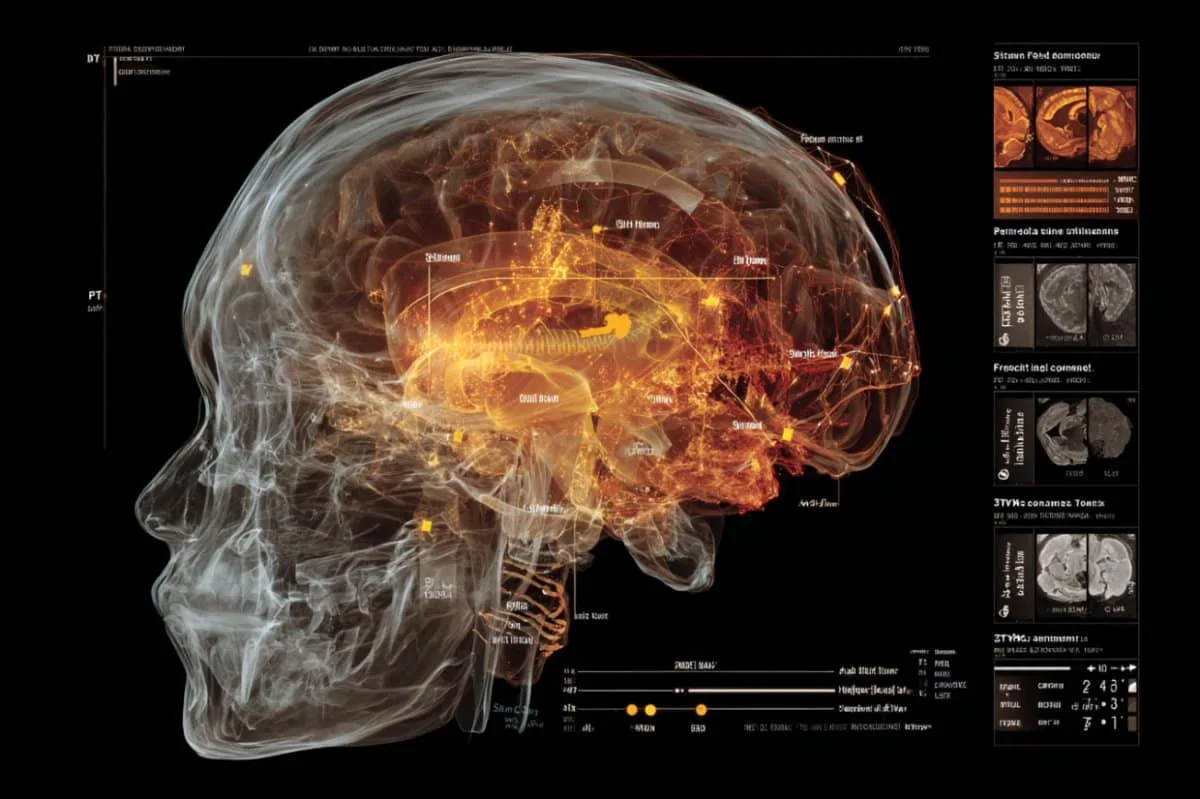Groundbreaking Imaging Study Uncovers Neuroinflammation Patterns in Progressive Apraxia of Speech
A recent and innovative PET imaging study has shed light on the neurological underpinnings of progressive apraxia of speech (PAOS). This rare condition disrupts the brain’s ability to effectively plan and coordinate the complex movements required for speech production. The study’s findings offer valuable insights into the specific patterns of neuroinflammation associated with PAOS.
Understanding Progressive Apraxia of Speech
PAOS is a distinct neurological disorder characterized by difficulties in articulating words despite having normal muscle strength and comprehension. Individuals with PAOS struggle to sequence sounds and movements necessary for clear and fluent speech.
Key Findings of the PET Imaging Study
- The PET imaging revealed specific patterns of neuroinflammation in brain regions critical for speech planning and motor control.
- These inflammatory patterns appear to be unique to individuals with PAOS, differentiating it from other speech disorders.
- The study suggests that neuroinflammation may play a significant role in the development and progression of PAOS.
Implications for Diagnosis and Treatment
The identification of these unique neuroinflammation patterns holds promise for improving the diagnosis and treatment of PAOS.
Potential Diagnostic Applications:
- PET imaging could serve as a valuable tool for early and accurate diagnosis of PAOS.
- It may help differentiate PAOS from other conditions with similar symptoms.
Future Therapeutic Strategies:
- Targeting neuroinflammation could represent a novel therapeutic approach for PAOS.
- Further research is needed to explore the potential of anti-inflammatory therapies.
Final Overview
This groundbreaking PET imaging study provides a deeper understanding of the neurobiological mechanisms underlying progressive apraxia of speech. The discovery of unique neuroinflammation patterns opens new avenues for diagnosis and treatment, offering hope for individuals affected by this debilitating disorder. Further research is crucial to translate these findings into tangible clinical benefits.




+ There are no comments
Add yours